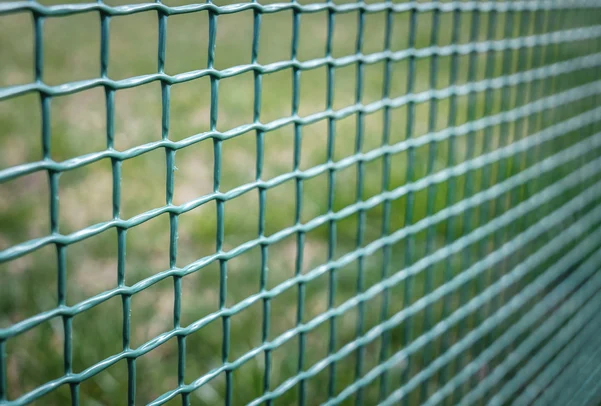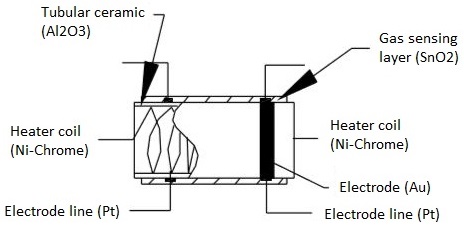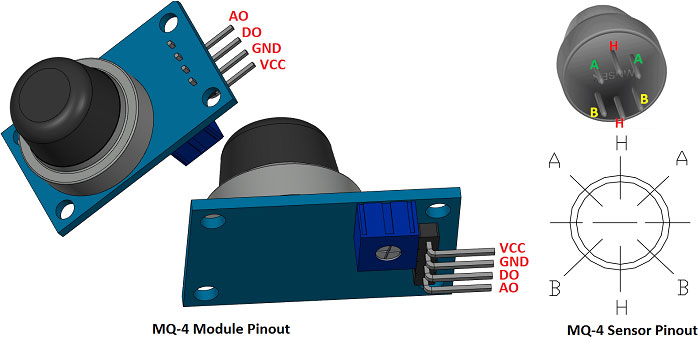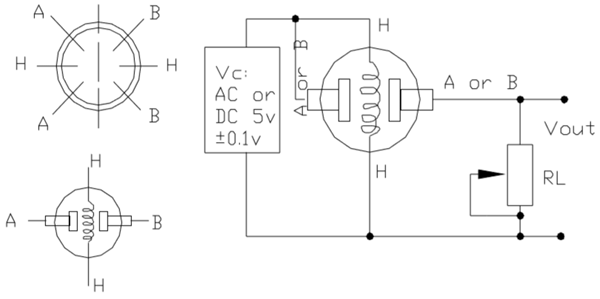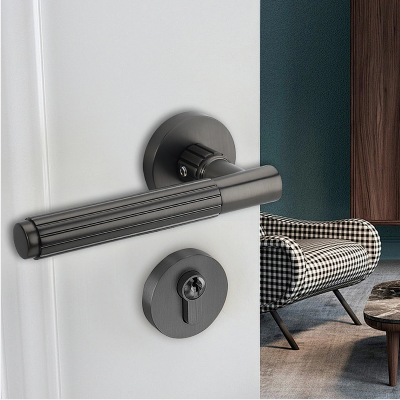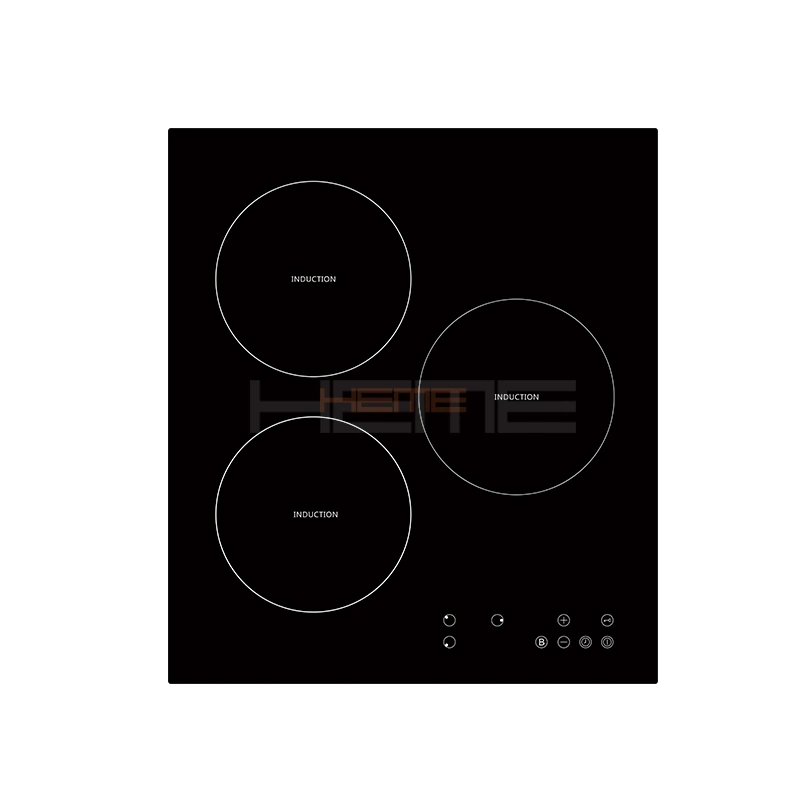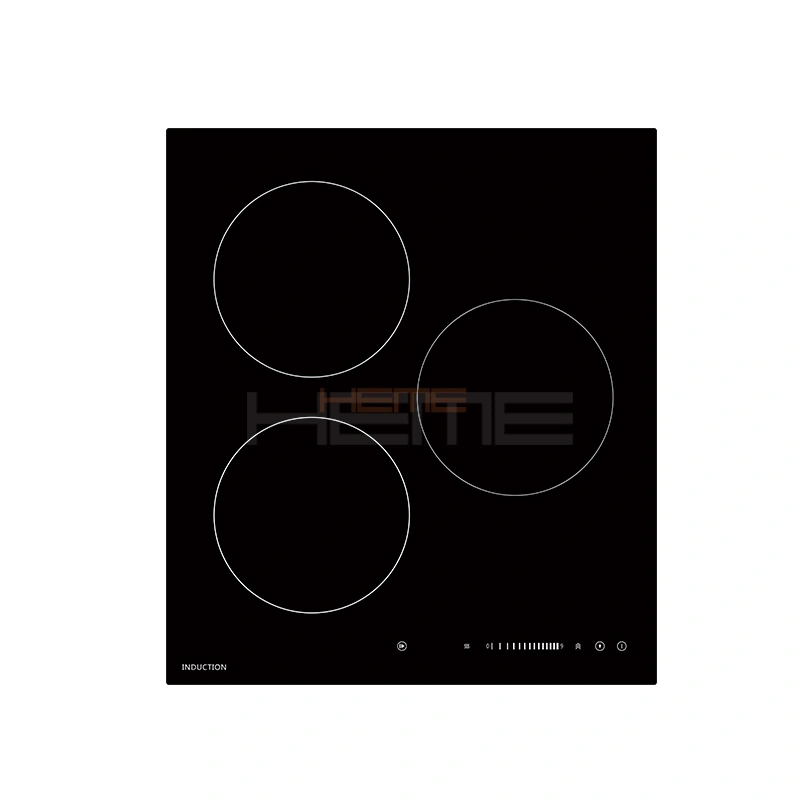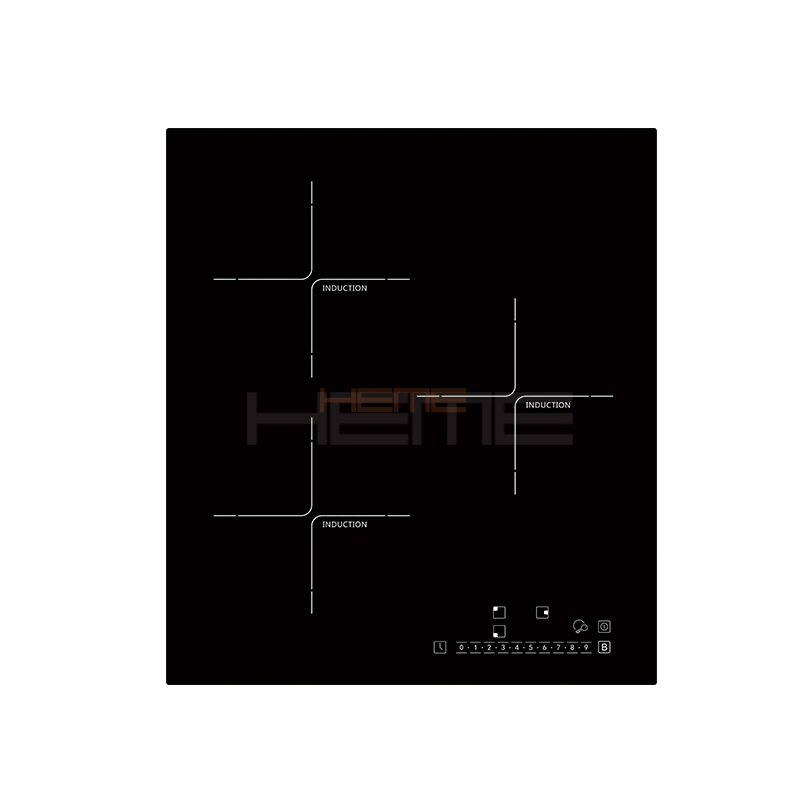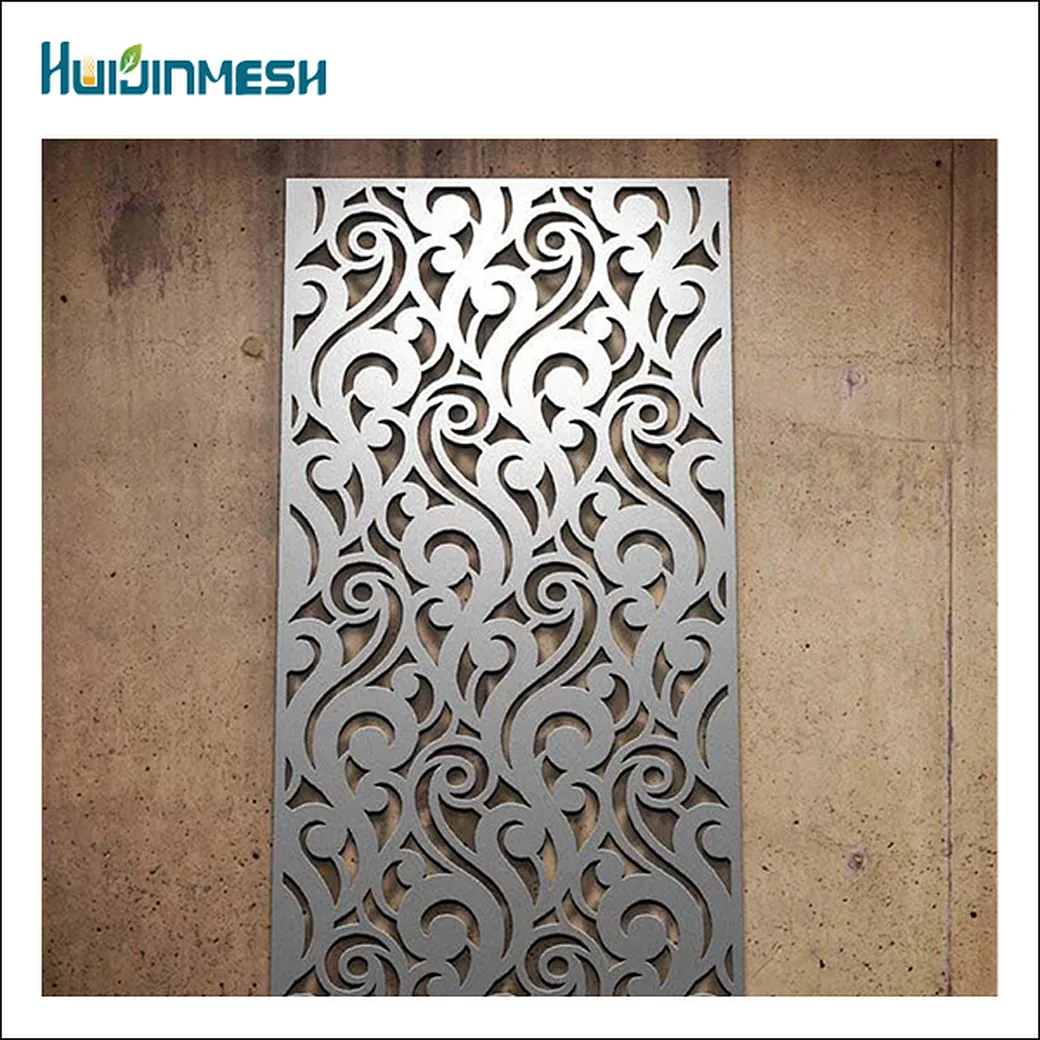Greetings in The Mighty Name of Jesus, The Christ!!!
Consecration Of Marriage
Brothers and Sisters I will Offend some of you with this message, but your Offence is not with me but with God.
Marriage is of a Man and a Woman, it is not with Man to Man or Woman to Woman this is an Abomination to God!
Leviticus 20:13 KJV
"If a man also lie with mankind, as he lieth with a woman, both of them have committed an abomination: they shall surely be put to death; their blood [shall be] upon them."
In the Book of Leviticus it speaks on all kinds of don’ts that concern relationships with Men and Women, I will not put them here.
Everyone that gets married wants to have a Happy, Blessed Marriage, but understand this, it takes Obedience to Jesus to accomplish this. There are Rules that The Father put in place that will never change no matter what anyone says, no matter what society says, no matter what You want. If you follow the Rules that The Father set forth, you will have a very Blessed Marriage that will last until Death Do You Part.
For some of you this will be a challenge, it will be hard work, but once you do what The Father laid out, what Jesus Commands us to do, then you will find Peace, Joy, Love in your marriage. But, you must do them completely so that the Flesh and Satan do not corrupt your marriage by leaving something’s undone.
First things first, The Father made Man from the dust of the earth and made Woman from the Rib of the Man. From the very beginning Men and Women are not equal, nor are they supposed to be.
Genesis 2:7 KJV
“And the LORD God formed man [of] the dust of the ground, and breathed into his nostrils the breath of life; and man became a living soul."
Genesis 2:22 KJV
“And the rib, which the LORD God had taken from man, made he a woman, and brought her unto the man."
Since the Foundation of the World, what The Father did, set forth for all other Men and Women, the stage is set and Rules are set…
Genesis 2:20 KJV
“And Adam gave names to all cattle, and to the fowl of the air, and to every beast of the field; but for Adam there was not found an help meet for him."
Genesis 2:22-24 KJV
"22 And the rib, which the LORD God had taken from man, made he a woman, and brought her unto the man. 23 And Adam said, This [is] now bone of my bones, and flesh of my flesh: she shall be called Woman, because she was taken out of Man. 24 Therefore shall a man leave his father and his mother, and shall cleave unto his wife: and they shall be one flesh."
In a Marriage, God only see’s One Flesh. The Marriage brings the Separation back together, but understand this, it makes Man Complete to his beginning, when The Father Created him, not the other way around. This is a very important issue for our time, this is the beginning where Man is The Head, not the Woman.
How do we know that this is still valid today…
Hebrews 13:8 KJV
“Jesus Christ the same yesterday, and to day, and for ever."
Luke 22:42 KJV
“Saying, Father, if thou be willing, remove this cup from me: nevertheless not my will, but thine, be done."
Matthew 7:21 KJV
“Not every one that saith unto me, Lord, Lord, shall enter into the kingdom of heaven; but he that doeth the will of my Father which is in heaven."
The Father’s Rules have not changed, nor will they. This goes against Society and Society wants All Things Equal, All Things In Common with No Division, but I tell you now, The Godhead does Divide and the Division is Godly!!! If we can come to grips with this, if we Obey what The Father has ordained, then your marriage will be Blessed!
Now what are the rest of the Rules…
As said Man is The Head not the Woman and she is to Reverence Him equal to Jesus.
1 Corinthians 11:3 KJV
“But I would have you know, that the head of every man is Christ; and the head of the woman [is] the man; and the head of Christ [is] God."
Ephesians 5:22 KJV
“Wives, submit yourselves unto your own husbands, as unto the Lord."
Now these two Scriptures have caused all kinds of conflict within marriages, but if followed correctly will bring forth Blessings. I will start with the Man, because he is the one who sets the stage for the entire marriage. With that being said, Women you have your part in this as well. But, to the Man, he must be Saved, Born Again, Blood Bought, this is the First Rule in the marriage. If the Man is not Saved, Born Again, Blood Bought, then he will not, cannot Obey Jesus in his Responsibility in the marriage. In this manner, likewise is the Woman to be Saved, Born Again, Blood Bought.
2 Corinthians 6:14 KJV
“Be ye not unequally yoked together with unbelievers: for what fellowship hath righteousness with unrighteousness? and what communion hath light with darkness?"
I know this Scripture to be absolute and have experienced the Believer with the Unbeliever first hand. There will be constant conflict between Flesh and Spirit, the two will never agree! There are many reasons why this Scripture needs to be an Absolute that deals with Details within the marriage that I will not cover here.
Now that the Man has found a Woman to marry, he needs to Understand His Responsibilities. He MUST be Walking, Living The Word as best as he can, setting an Example for His Whole House to Follow thereafter. He must be a Man that is in Prayer Always for His House, His Wife, His Children and All Things that deal with His House. This is Priority Number One!!! He Begins his Day and Ends his Day and Throughout The Day In Prayer!!!
1 Thessalonians 5:17 KJV
“Pray without ceasing."
James 5:16 KJV
“Confess [your] faults one to another, and pray one for another, that ye may be healed. The effectual fervent prayer of a righteous man availeth much."
The Man must be In The Word Daily and Walking The Word Daily, setting an Example for his Household to follow. If the Man fails in Prayer and being In The Word, the marriage is set for hardships, even divorce. These two things are an Absolute there is no compromise! These two things will have a hard time to do what is need if married to an Unbeliever!!!
The Man is to Provide for his Household, those things that are of necessity, not greed, nor even for the lust of the flesh.
1 Timothy 5:8 KJV
“But if any provide not for his own, and specially for those of his own house, he hath denied the faith, and is worse than an infidel."
Now let there be no guilt to those whom have lost their jobs and are having a hard time finding one, but let them be in constant Prayer and in The Word, Seeking The Lord for Answers. We know that in today’s Society a Woman can be the one bringing the income, but the Rules Of God do not change! Also in today’s Society, it can take two income’s for a House to survive, but again God’s Rule’s still do not change, Man is still The Head, Not the Woman!!!
Matthew 7:7 KJV
“Ask, and it shall be given you; seek, and ye shall find; knock, and it shall be opened unto you:"
Philippians 4:6 KJV
“Be careful for nothing; but in every thing by prayer and supplication with thanksgiving let your requests be made known unto God."
Another reason to be Equally Yoked… Your Wife, regardless of what Society says, is considered the Weaker Vessel, this is all due to How The Father set things up, it has nothing to do with strength.
1 Peter 3:7 KJV
“Likewise, ye husbands, dwell with [them] according to knowledge, giving honour unto the wife, as unto the weaker vessel, and as being heirs together of the grace of life; that your prayers be not hindered."
Now for the Women. You are Your Husbands Help Mate, which in meaning, means you take care of him, you Help him in taking care of the House. You are not a Slave, but His Beloved. There is a saying that goes like this…”A way to a Mans Heart is through his stomach”, this for a Born Again, Blood Bought Man this is a Lie and very Fleshly. In Truth, the way to a Godly Man’s Heart is to Submit to him equal the same as you would Jesus. This also includes being Respectful to him in all regards of Life.
Ephesians 5:22 KJV
“Wives, submit yourselves unto your own husbands, as unto the Lord."
This does not mean that you Divide Chores up to make them fair, but that your position is to Take Care of Him, regardless. This also means you cannot Manipulate Him to get your way, but to be Truthful in all things! This one Scripture encompasses the Whole, along with constant Prayer and being In The Word, Walking The Word!!!
Now to both the Man and the Woman, a topic that no one wants to talk about, they think it is wrong dealing God, but it is God who Created, Instituted, Blesses, that is Sex. In today’s Society this has become a topic of abomination because of all the Homosexuals demands. But Sex is to be among Married Couples, Man and Woman, an often occurrence. It is not to be used for Reward or Punishment, but is part of the intimacy that The Father Created. If this is not being done on a regular base, it can open doors for Satan to enter in and corrupt the marriage.
1 Corinthians 7:3-5 KJV
"3 Let the husband render unto the wife due benevolence: and likewise also the wife unto the husband. 4 The wife hath not power of her own body, but the husband: and likewise also the husband hath not power of his own body, but the wife. 5 Defraud ye not one the other, except [it be] with consent for a time, that ye may give yourselves to fasting and prayer; and come together again, that Satan tempt you not for your incontinency."
This means that if the Man wants to have Sex, the Woman should submit willingly, taking care of Her Husband and likewise if the Woman wants to have Sex, the Man should submit willingly, taking care of His Wife. Once a Man or Woman have had Sex in their life, there is a Drawing to fulfill that need, if it is not met, Satan can bring Corruption by Temptation into other areas of Life, this can be both for The Man and for The Woman equally. If you are having any kind of issues in this area you need to Seek Jesus for an answer, there will be one, rather you want it or like it, is another story. Taking care of each other can be done in many ways. Also, there is No Set Time for this to happen, it can be morning, noon or night and be of any day of the week, the only Rule Is, Your taking care of each other’s Sexual Needs!!!
When these Rules are followed, you will have a Blessed Marriage. Equally Yoked, Prayer, The Word, Walking The Word, Man as Head, Sexual Commitment, these things Satan cannot fight or win in, but let one of them fail and it becomes a doorway for Satan to Corrupt, Destroy a Marriage. Marriage between a Man and Woman is as close as we can get to Understanding the Godhead, for in the Godhead is The Father, The Son, The Holy Spirit as one, in a Marriage it is Jesus, The Holy Spirit, The Man, The Woman, all being as One!
The last and final thing is for those who have married Unequally Yoked, having this Understanding given about marriage does not change, except in abuse. Scripture is clear what Your Responsibilities are…
1 Corinthians 7:10-11, 13-16 KJV
"10 And unto the married I command, [yet] not I, but the Lord, Let not the wife depart from [her] husband: 11 But and if she depart, let her remain unmarried, or be reconciled to [her] husband: and let not the husband put away [his] wife. ... 13 And the woman which hath an husband that believeth not, and if he be pleased to dwell with her, let her not leave him. 14 For the unbelieving husband is sanctified by the wife, and the unbelieving wife is sanctified by the husband: else were your children unclean; but now are they holy. 15 But if the unbelieving depart, let him depart. A brother or a sister is not under bondage in such [cases]: but God hath called us to peace. 16 For what knowest thou, O wife, whether thou shalt save [thy] husband? or how knowest thou, O man, whether thou shalt save [thy] wife?"
This goes for both Men and Women! We can have a Blessed, even Perfect Marriage if God’s Rules are followed…
John 14:15 KJV
“If ye love me, keep my commandments."
Amen and Amen!!!
Email: godsonlyfoundation@gmail.com
Website: ApostleLee.com
